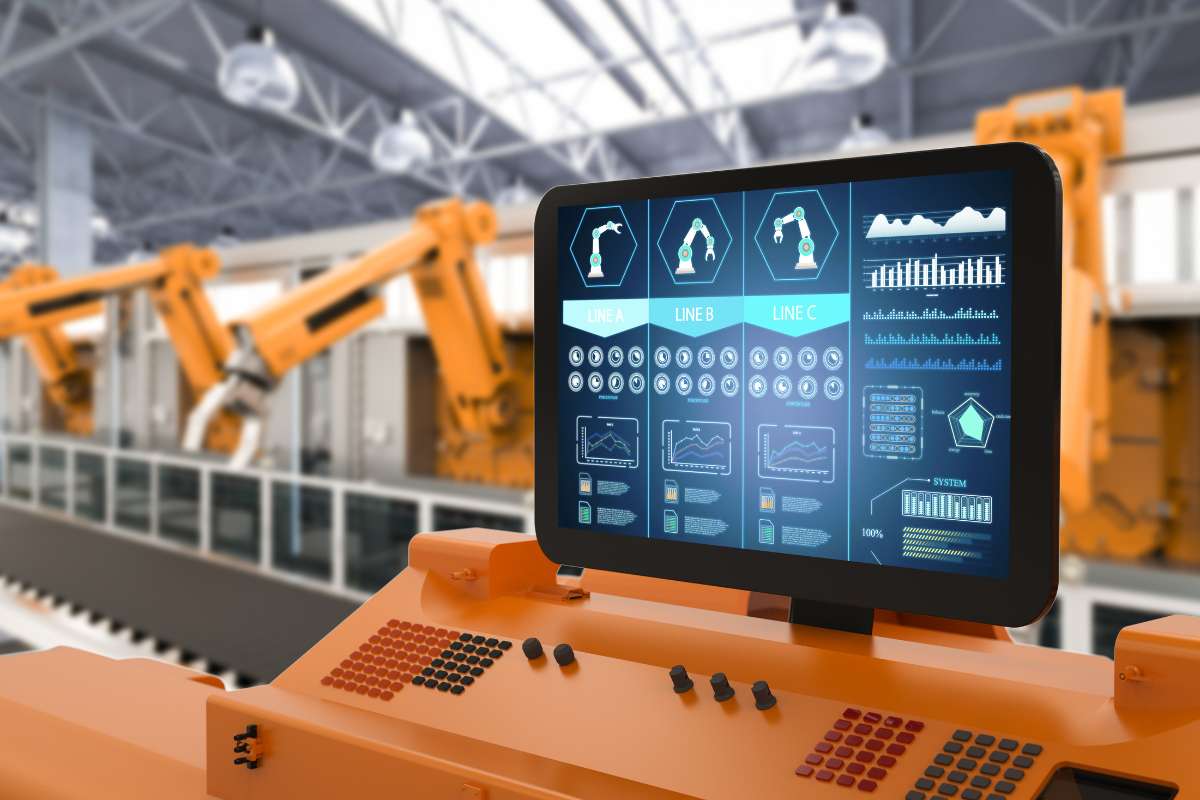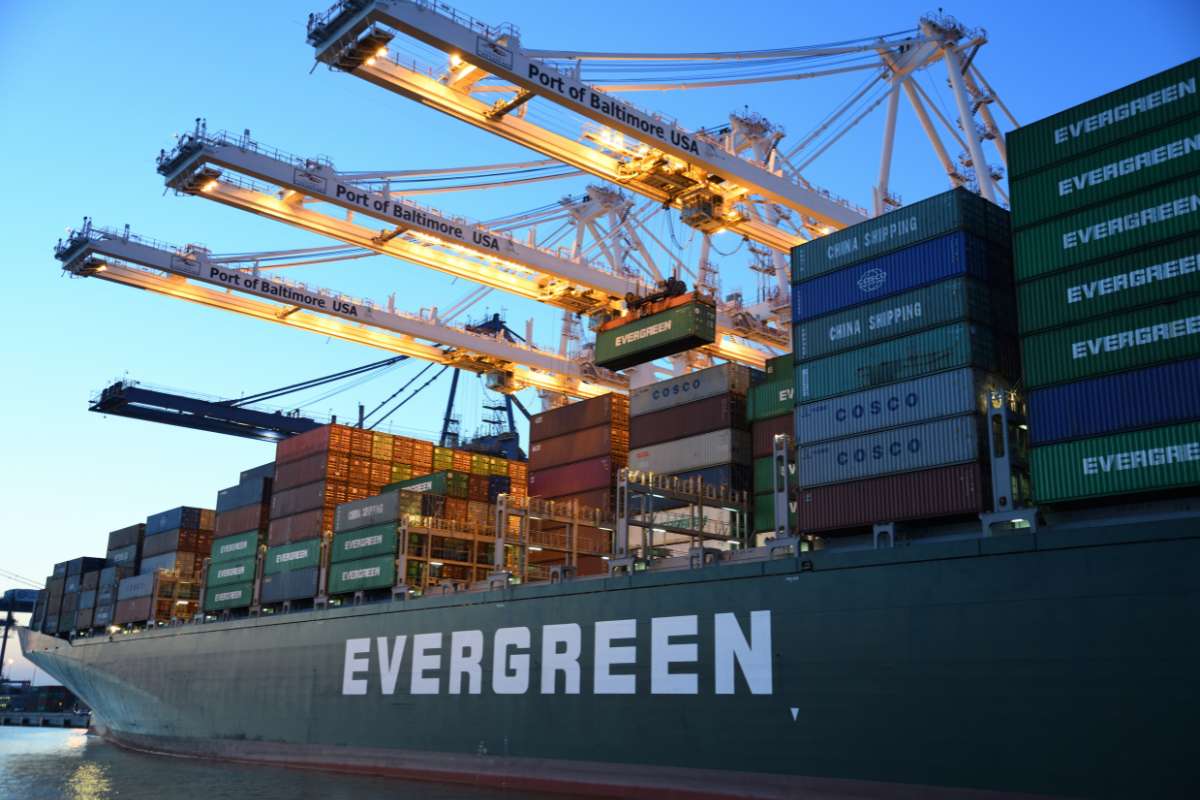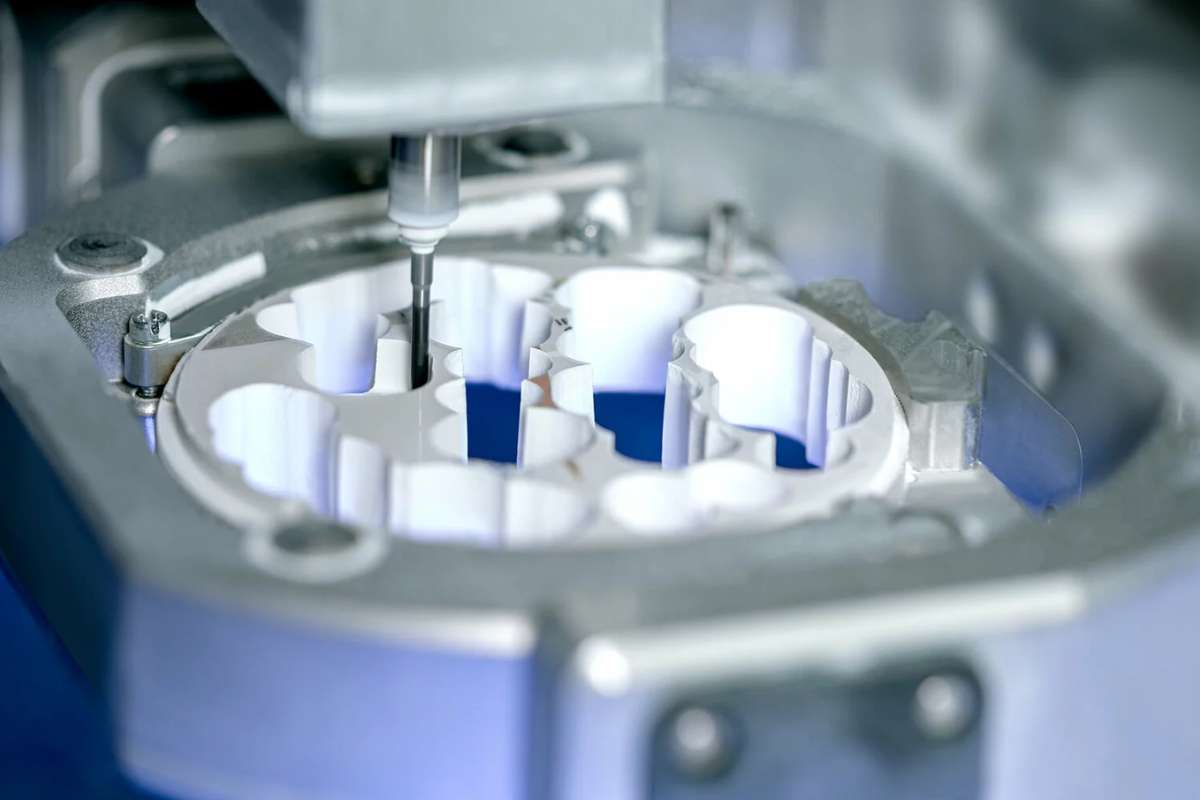Manufacturing has come a long way from manual assembly lines and isolated machines. Today, factories are becoming intelligent hubs where technology, data, and human expertise converge to create products more efficiently than ever. Smart factories represent the next wave of industrial evolution, transforming how companies produce goods while cutting costs and boosting quality.
These advanced manufacturing facilities use connected systems, real-time data, and automation to make production faster and more responsive. From automotive giants like Tesla and BMW to electronics manufacturers like Samsung, companies worldwide are adopting innovative factory technologies to stay competitive. The smart manufacturing market is projected to reach $985.5 billion by 2032, showing how rapidly this transformation takes place.
In this article, we will explore what smart factories are, the core technologies powering them, their real-world benefits, implementation challenges, and what the future holds for manufacturing operations in 2025 and beyond.
Understanding Smart Factories
A smart factory is a highly digitized and interconnected manufacturing facility that combines physical production equipment with digital technologies to create an intelligent manufacturing ecosystem. Unlike traditional factories where machines and systems operate independently, smart factories integrate IoT devices, artificial intelligence, robotics, and cloud computing into one unified network.
These facilities collect massive amounts of data from sensors embedded throughout the production floor. This information flows through connected systems that analyze it in real time, identifying opportunities to optimize processes, predict equipment failures, and adjust production schedules automatically. The result is a manufacturing environment that can run while continuously improving performance.
What makes smart factories truly revolutionary is their ability to learn and adapt. Machine learning algorithms study production patterns over time, spotting inefficiencies that humans might miss and recommending improvements. When demand suddenly spikes for a product, the system can automatically adjust workflows and inventory levels without manual intervention.
Core Technologies Powering Smart Factories
Several key technologies power smart factories, each adding its own value:
1. Industrial Internet of Things

Sensors on machines, conveyors, and storage bins send data on conditions like temperature and vibration. These devices link to central systems, giving a clear view of operations. When wear appears, alerts prompt maintenance before a breakdown.
2. Artificial Intelligence and Machine Learning
AI systems analyze sensor data to spot patterns and predict issues. Over time, they grow more accurate, helping schedule repairs and improve processes. In quality control, vision systems inspect parts far faster than manual checks, for example, verifying thousands of welds on electric vehicle batteries.
Also Read :- Identifying Market Opportunities: A Guide to Unlocking Business Growth
3. Robotics and Collaborative Robots
Traditional robots and cobots share tasks with human workers. Robots handle welding and assembly, while cobots assist on the same lines. Autonomous guided vehicles deliver materials where needed, reducing delays and freeing people from heavy lifting.
Also Read :- 10 Ways Robotic Medical Devices Are Improving Patient Outcomes
4. Cloud and Edge Computing
Cloud platforms store and process the massive data streams from factory floors, linking production with finance and inventory systems. Edge devices handle urgent decisions—like stopping a faulty machine—right where the data originates, keeping lines running even if connectivity falters.
5. Digital Twins
Virtual replicas of equipment or complete production lines let engineers test changes in a risk-free environment. By simulating adjustments first, companies cut maintenance costs by around 13% and boost efficiency by 15%.
6. Additive Manufacturing
3D printing produces custom parts on demand without special tooling. This speeds up prototyping from days to hours and supports small-batch runs without lengthy setup.
7. Big Data Analytics
Analytical tools forecast demand and optimize inventory by combining production metrics with market and supply-chain data. For instance, Tesla uses factory data to predict equipment failures and plan maintenance at the best times.
Benefits of Implementing Smart Factories
The advantages of smart factories extend across every aspect of manufacturing operations, from the production floor to the supply chain.
1. Increased Operational Efficiency

Smart factories dramatically reduce the time wasted on manual coordination and reactive problem-solving. Predictive maintenance prevents equipment breakdowns before they occur, cutting unplanned downtime by up to 70%. When machines need service, technicians arrive prepared with the right parts and tools because the system has already diagnosed the issue.
Production scheduling becomes dynamic rather than static. The system continuously adjusts workflows based on current conditions, machine availability, and changing priorities. This optimization can improve machine utilization from 70% to 85%, translating into millions of dollars in additional productive capacity for large manufacturers.
2. Cost Reduction
The financial benefits of smart factories are substantial and measurable. General Motors saved over $40 million annually after implementing predictive maintenance across 100+ facilities. Energy management systems reduce utility costs by 10% to 20% by monitoring real-time consumption and automatically adjusting equipment to minimize waste.
Inventory optimization is another primary source of savings. By synchronizing production with actual demand and maintaining real-time visibility into materials, companies can reduce inventory holding costs by 20% to 30%. Bosch cut excess inventory by 25% using AI and digital twins to optimize its supply chain operations.
3. Improved Product Quality
Automated quality control systems catch defects that manual inspection might miss. AI-powered vision systems can examine thousands of products per hour with extreme precision, reducing defect rates by 30% to 50%. BMW uses image recognition to inspect every weld on its electric vehicles, catching problems early and saving millions in potential rework costs.
The Siemens Amberg Electronics Plant achieves a 99.99885% product quality rate thanks to over 1,000 sensors and centralized data analytics. This level of consistency is nearly impossible to maintain with traditional manufacturing methods.
4. Enhanced Flexibility and Responsiveness
Smart factories adapt quickly to changing market conditions. When customer preferences shift or new products launch, manufacturers can reconfigure production lines in days rather than weeks. This agility is essential in consumer electronics and fashion industries, where product lifecycles keep getting shorter.
The ability to customize products at scale without sacrificing efficiency gives manufacturers a competitive edge. Smart factories can produce personalized items alongside standard products, meeting diverse customer needs without disrupting workflows.
5. Sustainability and Safety Improvements
Environmental responsibility is becoming a priority for consumers and regulators alike. Smart factories help manufacturers meet sustainability goals by monitoring resource consumption and identifying opportunities to reduce waste. Energy-efficient technologies and optimized processes lower carbon footprints while cutting costs.
Workplace safety improves when robots take over dangerous tasks like welding, heavy lifting, and working with hazardous materials. The International Society of Automation reports that automated devices can eliminate three of the five leading causes of workplace injuries.
Challenges in Adoption
1. Upfront Investment

Purchasing sensors, software, and robotics requires significant capital. Small and mid-sized firms may find costs daunting. However, most smart factory projects pay for themselves within two to three years through efficiency gains.
2. Skills Gap
Technicians need expertise in data analytics, automation, and robotics. Closing this skills gap demands ongoing training and collaboration between IT and operations teams.
3. Legacy Integration
Old machinery often uses proprietary controls that don’t connect easily. Manufacturers must deploy middleware or upgrade equipment incrementally to build a unified system.
4. Cybersecurity
More connectivity means a higher risk of cyberattacks. Robust security—encryption, access controls, and regular audits—is essential to protect operations and intellectual property.
5. Data Management
Smart factories generate massive data volumes. Filtering out noise and focusing on actionable insights ensures information overload doesn’t slow decision-making.
The Future of Smart Factories in 2025 and Beyond
Smart factories are moving toward fully autonomous production, where robotics manages everything from material handling to final assembly with minimal human oversight. These systems run continuously, boosting throughput and cutting labor costs, while AI-powered cobots learn and adapt to real-time conditions for ever-better performance.
Hyperautomation fuses AI, machine learning, and robotic process automation to handle physical tasks and decision workflows. Edge computing lets sensors detect defects instantly and correct them on the spot, without waiting for central commands.
Private 5G networks speed data flow on the shop floor, supporting thousands of sensors, augmented reality maintenance aids, and coordinated robot fleets. LG’s Smart Park in South Korea showcases this, using 5G-connected AGVs and smart warehouses to cut material transport time by 25% and save 30% of storage space.
Looking beyond Industry 4.0, Industry 5.0 brings human-machine collaboration to the forefront. Next-generation cobots enhance worker creativity rather than replace it, and AI tools support decisions while preserving human oversight. Generative AI accelerates this evolution by digitally simulating factory layouts and workflows, slashing trial-and-error costs and pinpointing optimal configurations faster than ever.
Getting Started with Smart Factory Transformation
Begin by evaluating your operations to pinpoint high-impact issues such as downtime, quality gaps, or excess inventory. Pilot solutions on a small scale before expanding across the facility. Engage employees from the start—use their insights to guide technology deployment and offer training to ease adoption. Break down data silos by integrating systems early, using cloud-based ERP for centralized analytics. Focus on quick-win technologies like predictive maintenance and energy monitoring to deliver measurable returns. Treat transformation as an ongoing journey, planning regular upgrades to stay competitive.
Conclusion
Smart factories mark a significant shift in production by uniting connected devices, intelligent systems, and automation to boost efficiency, quality, and flexibility. Benefits reach beyond the shop floor through improved supply chain coordination, lower environmental impact, and safer workplaces. Although costs, skills, and integration pose challenges, the competitive gains make this transformation vital for success in 2025 and beyond. The future rests on factories that blend advanced technology with human creativity.
Also Read :- Enterprise Chronical









